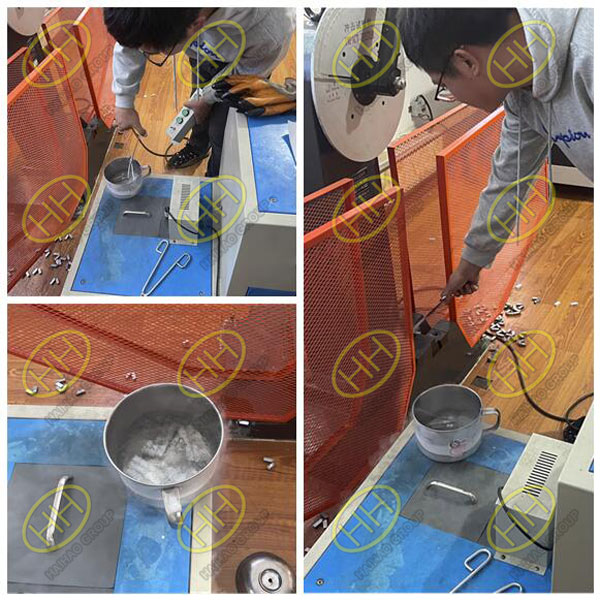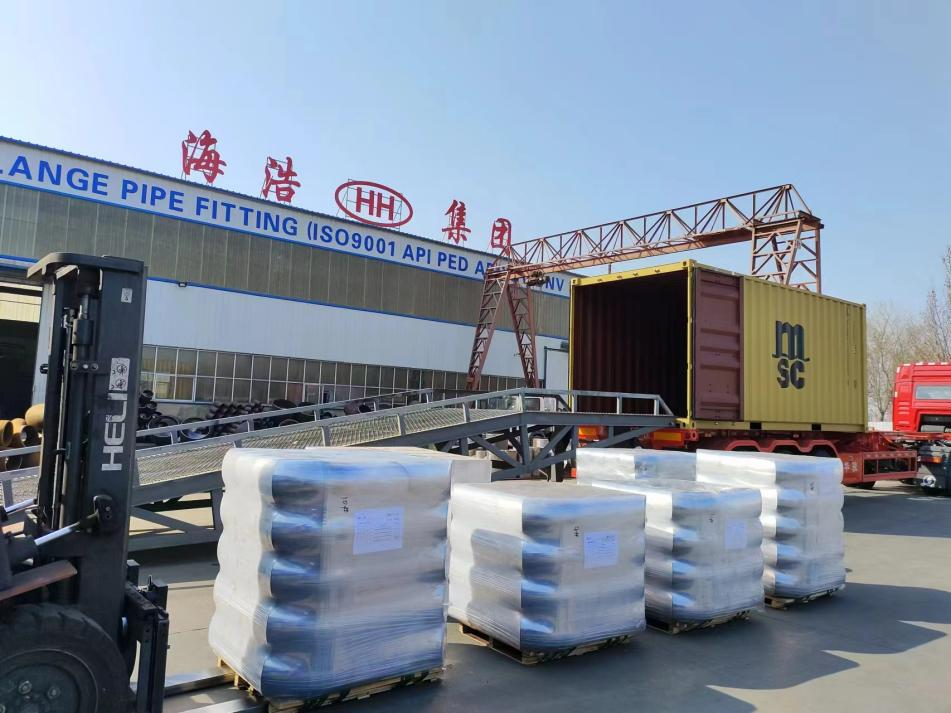Pressure pipeline material impact testing
The ability of a material to resist impact loads is known as its impact performance. Impact load refers to the load applied to a component at a high velocity. When a component is subjected to an impact load, the stress and deformation caused by the instantaneous impact are much greater than those under static load. Therefore, when manufacturing components that are subjected to impact loads, the impact performance of the material must be taken into account.
Impact tests can be roughly divided into three types: tension impact, torsion impact, and bending impact, depending on the shape of the test piece and the method of fracture. The commonly used test method is the bending impact test, which can be further divided into Charpy impact testing (where one end of the sample is clamped and the other end is impacted) and Izod impact testing (where the sample is not clamped). Izod impact testing can be conducted at different temperatures and is the most widely used method for impact testing. Impact testing is a dynamic mechanical performance test of specimens under the action of impact test force. Impact testing is very sensitive to material defects and can sensitively reflect the macroscopic defects, microscopic changes in microstructure, and material quality. Therefore, impact testing is an effective method used in production to inspect the quality of smelting, hot working, and heat treatment processes.

Charpy Impact Test
Impact test specimens impact test specimens need to be made of the material to be tested in accordance with the specified shape and dimensions of the test standard. The sampling position and method should follow the provisions of the test standard. The specimens used in various test methods are divided into notched and unnotched specimens. Notches are added to change the stress distribution at the time of specimen fracture. The notches are divided into V-shaped, U-shaped, and keyhole-shaped, and the impact test specimens are divided into standard specimens and small-size specimens.
Impact testing equipment the main equipment for impact testing is the impact testing machine. Impact testing machines are divided into metal testing machines and non-metallic testing machines according to the materials being tested. Metal testing machines are mainly used for testing the impact properties of various metals, usually with higher impact energy. Non-metallic testing machines are used for testing the impact properties of various plastics and rubbers, usually with lower impact energy. From the perspective of test methods, they are divided into pendulum impact testing machines and drop-weight impact testing machines. Pendulum impact testing machines are further divided into semi-automatic pendulum impact testing machines, microcomputer display pendulum impact testing machines, room temperature fully automatic pendulum impact testing machines, low-temperature fully automatic pendulum impact testing machines, and high and low-temperature fully automatic pendulum impact testing machines, etc. The fully automatic pendulum impact machine consists of the main machine, control system, sample box, feeding mechanism, and positioning mechanism. The low-temperature fully automatic pendulum impact machine consists of the main machine, control system, refrigeration system, sample box, feeding mechanism, and positioning mechanism, with a low-temperature range from room temperature to -196°C. The high and low-temperature fully automatic pendulum impact machine consists of the main machine, control system, refrigeration system, high-temperature box, sample box, feeding mechanism, and positioning mechanism, with a low-temperature range from room temperature to -196°C and a high-temperature range from 100 to 900°C. The typical structure and actual appearance of a pendulum impact testing machine are shown in the figure below.

Haihao Group
Determination of impact testing performance before impact testing, samples are taken and processed according to the standards from the materials to be tested, and the number of impact test samples is determined. Based on the grade and heat treatment process of the tested material, the size of the impact absorption power of the sample is estimated. Then, an appropriate impact testing machine is selected to ensure that the impact absorption power of the broken sample is within the range of 10% to 90% of the maximum energy of the test machine used. The test temperature of the sample should be set according to the relevant standards. Through impact testing, the impact absorption energy of each impact test specimen can be obtained. For metal materials, impact testing at different temperatures can also obtain impact energy-temperature curves, lateral expansion-temperature curves, and shear section rate-temperature curves of the specimens. Thus, the transition temperature from ductile to brittle of the tested materials specified by the standard can be obtained.
Evaluation of impact test results the evaluation of impact test results for raw materials and welded joints shall be evaluated according to the relevant standards for material product manufacturing or welding process assessment. During the service life of pressure pipelines, the results of impact tests conducted in accordance with the assessment standards for serviceability shall be evaluated according to the relevant assessment standards.

